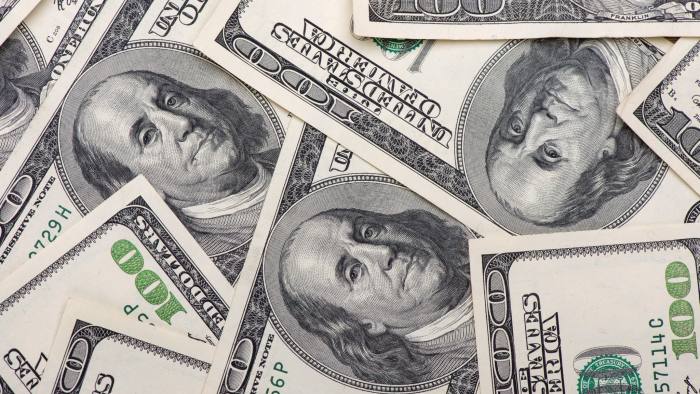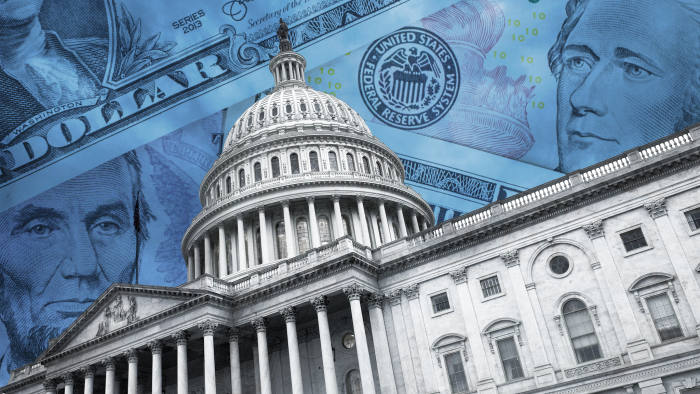How Treasury Notes Impact Mortgage Rates: What You Need To Know
Sep 22, 2022 By Susan Kelly
On March 15, 2020, the Fed lowered the target for the fed assets rate to almost zero. Because of this, fixed mortgage rates fell to their lowest levels in 2020. Because of the COVID-19 pandemic and the recession it caused, the Fed lowered interest rates. Investors rushed to the safety of government bonds, which drove the yield on the 10-year Treasury note to 0.52% on August 4, 2020, which was the lowest it had ever been. Since mortgage rates tend to follow the yields on U.S. Treasury notes, mortgage rates went down. But by 2022, the Fed had to fight inflation by raising interest rates. By May of that year, the 10-year Treasury yield had gone up to almost 3.5 percent, which made mortgage rates go up to more than 5 percent.
How the Yields Of Treasury Bonds Influence Mortgage Rates
Fixed mortgage rates can be based on bills, bonds, and notes from the U.S. Treasury. So, how do the yields on Treasury bonds affect interest rates? If an investor wants a steady and safe return, they should look at all fixed-income products' interest rates. They look at the returns on short-term Treasurys, money market funds, and CDs (certificates of deposit). Yields on long-term Treasurys, mortgage-backed securities, and corporate bonds are all compared. Treasury notes are more secure than other bonds since they are guaranteed by the United States government. They offer a slightly higher interest rate to make up for the fact that there is more risk. But because they are short-term, they are still safer than any other bond that is not issued by the government.

On the other hand, mortgages have a higher return for a higher risk. Investors buy securities that are backed by the value of home loans. These are called mortgage-backed securities. Investors in mortgage-backed securities want higher interest rates when the yields on Treasury bonds go up. They want to get more money to take more risks. You can buy corporate bonds if you want to make even more money.
The Fed Funds Rate and Mortgages with Changing Rates
Treasury yields just impact fixed-rate loans. Loans with terms of 15 and 30 years are affected by the 10-year note. The fed funds rate is critical for adjustable-rate mortgages (ARMs). The fed funds rate is the interest rate banks charge each other for overnight loans that they need to meet their reserve requirements. It changes the prime rate, a benchmark for how much loans cost. The Fed has only ever lowered the target for the fed funds rate to a range of 0% to 0.25% twice: once during the financial crisis in 2008 and again in March 2020.
How Do Treasury Notes Appear to Work?
The United States Treasury Section sells notes, bonds, and bills to pay for the nation's debt. It gives notes with terms of two, three, five, seven, and ten years. You can buy bonds with terms of 20 or 30 years. Most bills last for less than a year. 8: Any security issued by the Treasury is also called a bond, a Treasury product, or just the Treasury. The 10-year note is the most-bought item.
Auctions of Treasury

The Treasury sells bonds through an auction. It sets a fixed face value and interest rate for each bond. If there is a lot of interest in Treasurys, they will go to the highest bidder at a price above their face value. This lowers the return on investment or yield. This is because the bidder has to pay more to get the interest rates on the list. People will bid less than the face value if they don't want it. The yield goes up because of this. The winner pays less for the same amount of interest. So, yields always go in the opposite direction of the price of a Treasury. Bond prices and yields traded on the open market change all the time to reflect the current interest rates.
Mortgage Rates And The Demand For Treasuries
When there isn't much interest in bonds, their prices go down, and their yields go up to make up for it. This makes it more expensive to buy a home. And when buyers have to pay more for their mortgage, they have to buy less expensive homes. This makes builders want to lower home prices. When Treasury yields are low, mortgage rates fall. Then, people could buy bigger houses. More people want to buy homes, which is good for the economy as a whole because it makes the real estate market grow. People can also get a second mortgage when rates are low. They will fix up their house or buy more things for themselves with that money. Both of these things help the economy.

Susan Kelly Oct 12, 2022
Things You Need To Know About Unfunded Liabilities

Susan Kelly Sep 29, 2022
What Is The Best Time To Go Shopping?

Susan Kelly Sep 23, 2022
Learn: Who Is Eligible for a Social Security Death Benefit?

Triston Martin Aug 07, 2022
5 Cs of Credit

Susan Kelly Oct 27, 2022
Understanding of Company’s Float

Susan Kelly Aug 01, 2023